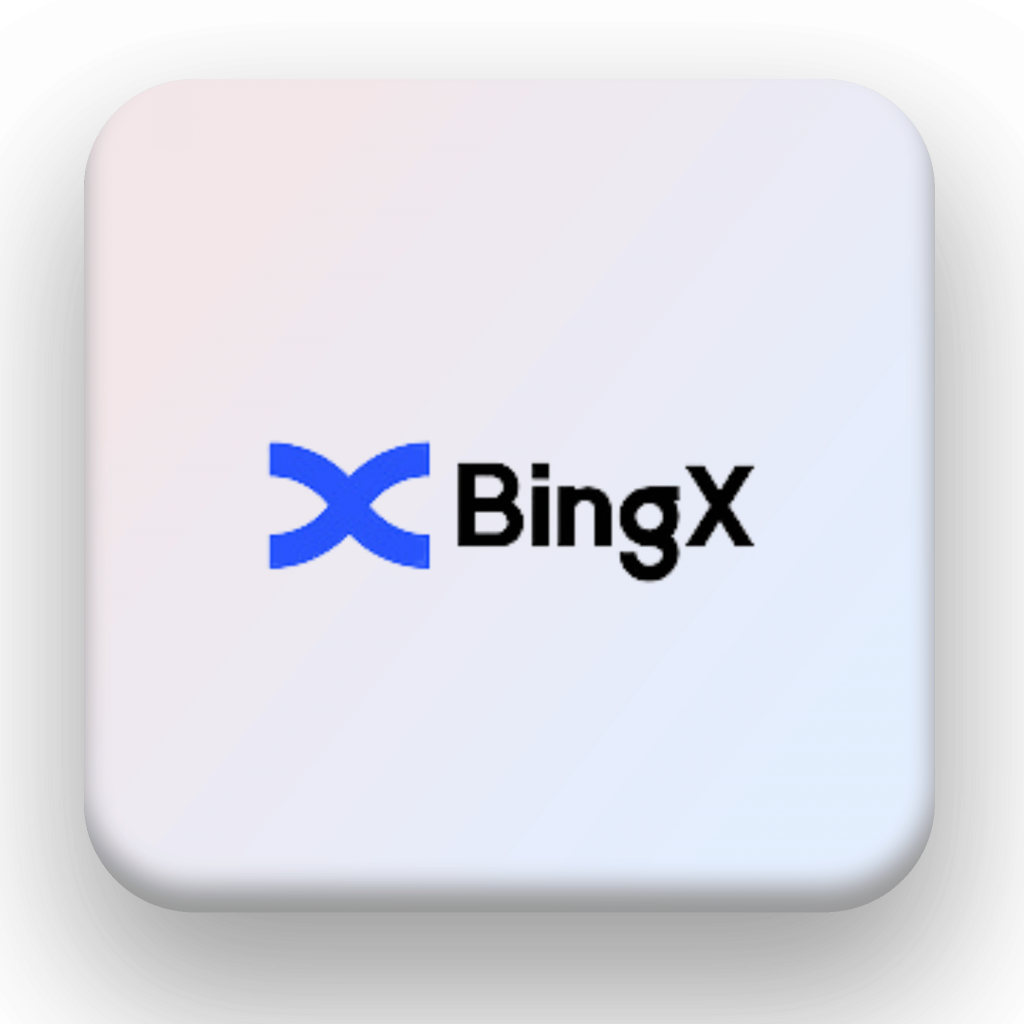Home / CRYPTOCURRENCY TRADING / TYPES OF CRYPTOCURRENCIES TRADING

Types of Cryptocurrency Trading:
A Complete Guide for 2024
Cryptocurrency trading has emerged as one of the most exciting and profitable sectors in the financial world. Whether you’re a seasoned trader or just getting started, understanding the different types of cryptocurrency trading is essential to developing a successful trading strategy.
In this comprehensive guide, we’ll explore the various types of crypto trading, including the most popular methods used by traders today. We’ll also look at market trends and key statistics to give you a better understanding of the crypto trading landscape.
What is Cryptocurrency Trading?
Cryptocurrency trading involves the buying and selling of digital currencies through cryptocurrency exchanges. The goal is to make a profit from price fluctuations in the market.
With over 23,000 cryptocurrencies traded worldwide, there are several different ways to engage with the crypto market.
Depending on your risk tolerance, trading style, and time horizon, the right trading method for you will vary.
Here are the most common types of cryptocurrency trading:
1. Day Trading: Capturing Short-Term Price Movements
What is Day Trading?
Day trading refers to buying and selling cryptocurrencies within a single trading day.
Day traders take advantage of short-term price fluctuations, typically holding positions for hours or minutes, to capture small profits.
How It Works:
- Technical Analysis (TA) is the primary tool for day traders. By analyzing charts, trends, and indicators, they identify the best entry and exit points.
- Day traders use high liquidity markets (like Bitcoin or Ethereum) to execute multiple trades in a day.
Pros and Cons of Day Trading:
| Pros | Cons |
|---|---|
| Quick profits from small price changes | Requires constant monitoring of the market |
| No overnight risks | High transaction fees |
| Suitable for active traders | Requires significant knowledge of technical analysis |
2. Swing Trading: Capitalizing on Medium-Term Price Trends
What is Swing Trading?
Swing trading involves holding cryptocurrency positions for several days or weeks to take advantage of medium-term price movements. Swing traders aim to identify market “swings” or trends, usually supported by both technical and fundamental analysis.
How It Works:
- Swing traders typically use tools like Moving Averages (MA), Relative Strength Index (RSI), and MACD to identify potential trend reversals.
- Unlike day trading, swing trading requires less constant monitoring of the market.
Pros and Cons of Swing Trading:
| Pros | Cons |
|---|---|
| Less time-consuming than day trading | Can miss short-term profits |
| Allows traders to capture larger price moves | Requires a good understanding of both technical and fundamental analysis |
| Suitable for part-time traders | Exposure to overnight market risks |
3. Scalping: Quick Profits from Small Price Movements
What is Scalping?
Scalping is a high-frequency trading strategy that involves executing numerous trades throughout the day to capitalize on very small price movements. Scalpers aim for quick profits, often holding positions for just minutes or seconds.
How It Works:
- Scalping relies heavily on liquidity and low spreads. Traders look for high-volume markets to execute rapid trades.
- Algorithmic trading and bots are often used for scalping to automate the process and maximize speed.
Pros and Cons of Scalping:
| Pros | Cons |
|---|---|
| Very quick profits | High transaction costs due to frequent trades |
| Can be automated with bots | Requires fast decision-making and constant monitoring |
| Profitable in volatile markets | High risk, especially in low liquidity markets |
4. HODLing (Buy and Hold): Long-Term Investment Strategy
What is HODLing?
HODLing, a term derived from a misspelled word “hold,” is a long-term investment strategy where traders buy cryptocurrencies and hold them for extended periods, often years. HODLers believe that, despite short-term volatility, the value of cryptocurrencies will increase significantly over the long term.
How It Works:
- HODLers typically invest in top cryptocurrencies like Bitcoin or Ethereum and avoid trading frequently.
- This strategy is less about short-term price changes and more about the long-term potential of the digital asset.
Pros and Cons of HODLing:
| Pros | Cons |
|---|---|
| Minimal time commitment | Vulnerable to market downturns |
| Potential for long-term gains | Requires patience and tolerance for market volatility |
| Low trading fees | Missing out on short-term profits |
5. Margin Trading: Amplifying Profits (and Losses)
What is Margin Trading?
Margin trading involves borrowing funds from a cryptocurrency exchange to trade larger positions than your account balance would allow. This can amplify both profits and losses, making it a high-risk trading strategy.
How It Works:
- Traders can borrow funds to take larger positions and potentially increase their profit if the market moves in their favor.
- Leverage is a key component in margin trading, where a trader might use 2x, 5x, or even 100x leverage to control a larger position.
Pros and Cons of Margin Trading:
| Pros | Cons |
|---|---|
| Potential for amplified profits | High risk of significant losses |
| Allows traders to trade larger positions with less capital | Margin calls can force traders to liquidate their positions |
| Suitable for experienced traders | Requires advanced risk management |
6. Peer-to-Peer (P2P) Trading: Direct Crypto Transactions
What is P2P Trading?
P2P trading allows users to trade cryptocurrencies directly with each other, without the involvement of intermediaries like exchanges. It’s often facilitated through P2P platforms where buyers and sellers can match and negotiate terms.
How It Works:
- P2P platforms like LocalBitcoins or Paxful connect buyers and sellers directly.
- The platform typically offers an escrow service to ensure security during transactions.
Pros and Cons of P2P Trading:
| Pros | Cons |
|---|---|
| Lower fees compared to exchanges | Potential risk of fraud if the platform isn’t secure |
| More privacy compared to exchange trading | Limited liquidity for certain cryptocurrencies |
| Flexibility in payment methods | Requires careful counterparty evaluation |
Key Cryptocurrency Trading Analytics
The cryptocurrency market has seen explosive growth in recent years. Here are some key statistics that provide insights into the current state of the crypto trading landscape:
| Statistic | Value |
|---|---|
| Total Market Capitalization (2023) | $1.07 Trillion |
| Daily Trading Volume (2023) | $100 Billion+ |
| Number of Cryptocurrencies (2024) | 23,000+ |
| Most Traded Cryptos | Bitcoin (BTC), Ethereum (ETH), Tether (USDT) |
| Top 5 Crypto Exchanges (2024) | Binance, Coinbase, Kraken, KuCoin, Gemini |
These figures highlight the massive scale of the cryptocurrency market, the dominance of top coins like Bitcoin and Ethereum, and the significant daily trading volumes. These stats are crucial for any trader trying to gauge market liquidity and volatility.
Binance is a leading global cryptocurrency exchange known for its wide range of trading pairs, low fees, and advanced features for both beginners and professionals.
Coinbase is a popular and user-friendly cryptocurrency exchange that offers secure and easy access to buying, selling, and storing digital assets.
Kraken is a well-established cryptocurrency exchange offering a secure platform with a wide selection of coins and advanced trading tools for all types of traders.
KuCoin is a global crypto exchange providing a wide variety of altcoins, advanced trading features, and competitive fees for users worldwide.
BingX is a global cryptocurrency exchange that offers spot and derivative trading with an intuitive interface and a focus on social trading.
Huobi Global is a leading cryptocurrency exchange that offers a wide range of digital assets and advanced trading tools with a focus on security and liquidity.
OKX is a comprehensive digital asset exchange that provides advanced features like margin trading, futures, and DeFi services with low fees.
Bybit is a popular exchange known for its leveraged trading options and advanced charting tools, tailored for professional cryptocurrency traders.
Gate.io is a global cryptocurrency exchange that offers a wide range of coins, low trading fees, and features like margin and futures trading.
Bitget is a global crypto exchange offering futures and spot trading with an emphasis on user-friendly features and high liquidity.
Conclusion: Which Cryptocurrency Trading Strategy is Right for You?
Understanding the different types of cryptocurrency trading is essential to developing a personalized strategy that fits your trading style, risk tolerance, and financial goals. Whether you’re into day trading, scalping, or long-term HODLing, there is a strategy that suits everyone.
For newcomers, starting with swing trading or HODLing may be more suitable, as these strategies require less time commitment and risk. On the other hand, experienced traders might thrive in high-frequency strategies like scalping or margin trading.
The key is to continuously learn, adapt to market conditions, and apply risk management practices to minimize potential losses. No matter which strategy you choose, crypto trading offers plenty of opportunities for those willing to learn and adapt.

Author: Alex Turner
Expert in Cryptocurrency Markets & Blockchain Technology
Alex Turner is a seasoned cryptocurrency expert with over 8 years of experience in the digital asset industry.
As a senior market analyst and cryptocurrency strategist, Alex has worked with several leading blockchain companies and financial institutions to develop market insights, trading strategies, and risk management frameworks.












